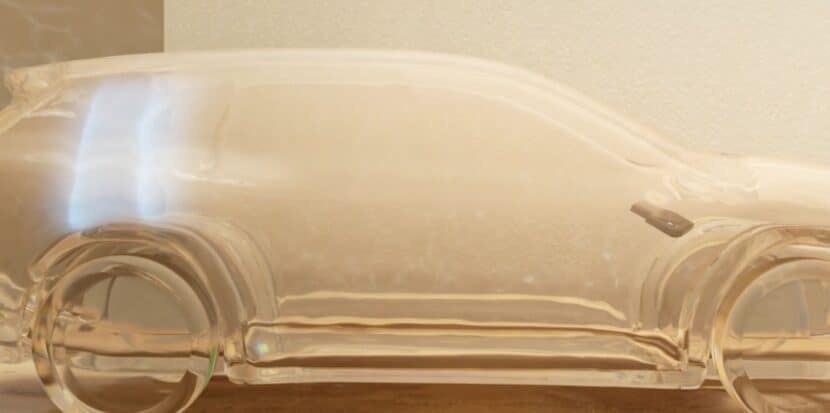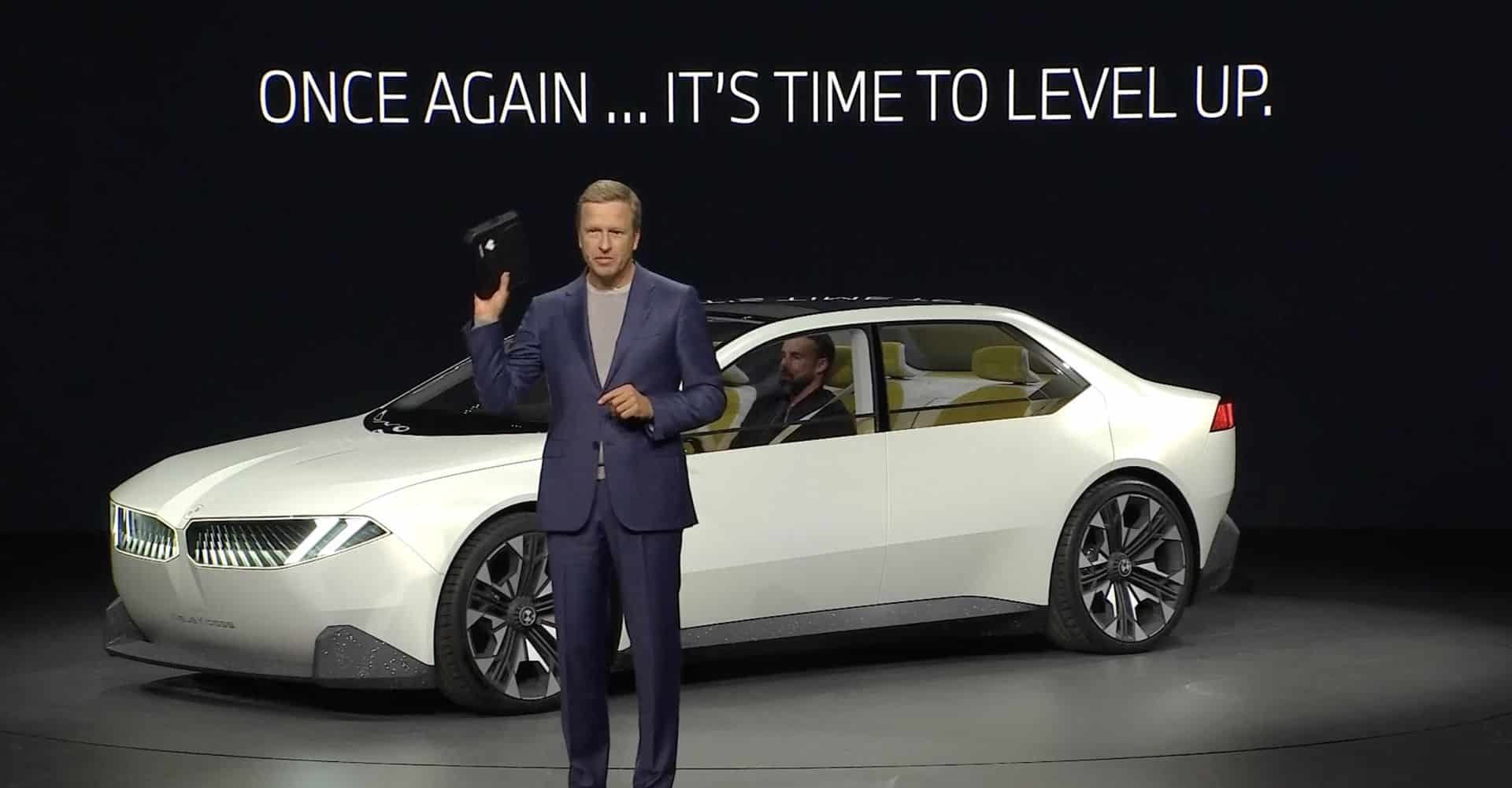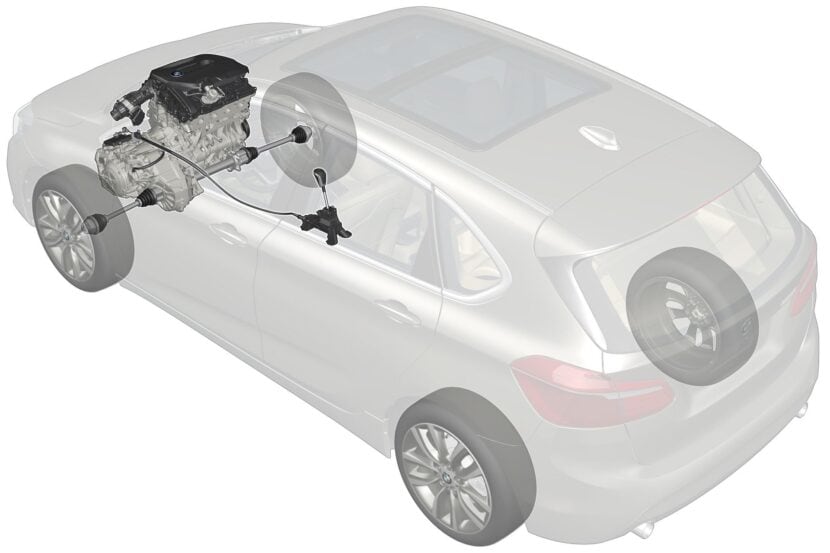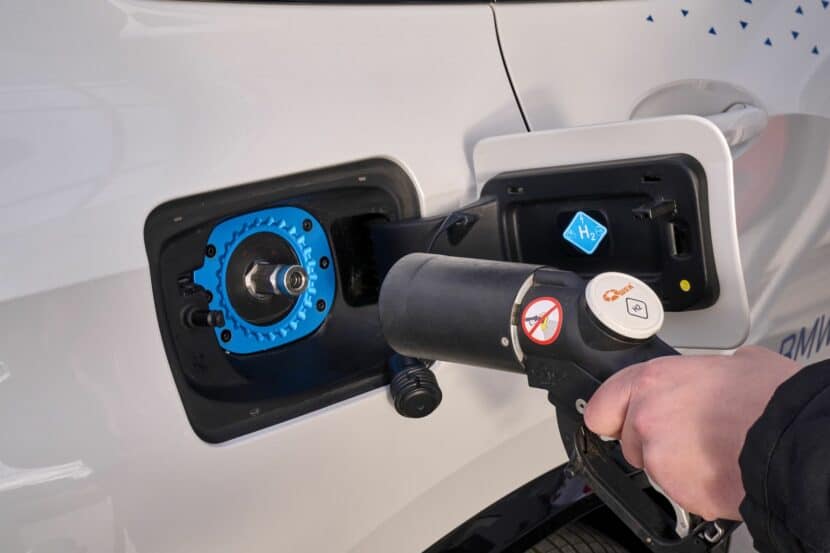“There is one more thing.” The iconic phrase of Steve Jobs echoed through the halls of Motorworld in Munich during the BMW Vision Neue Klasse presentation last week. Just before concluding the event, BMW’s CEO, Oliver Zipse, made a dramatic return to the stage, clutching a mysterious black box. This enigmatic contraption, known as the “Heart of Joy,” is set to assume a pivotal role in all forthcoming Neue Klasse models. But what exactly does it entail?
Heart of Joy

During a conversation with Frank Weber, BMW Board Member and Development, we learned more about this innovative system which promises to redefine the driving experience in all future BMW electric vehicles. The “Heart of Joy” marks a significant milestone for BMW, as it combines powertrain software and driving dynamics into a single, unified system.
“Nothing comparable exists in the industry, also not within BMW,” Weber told us. “What it actually means is that you take all of our genes or our heritage, everything that we have learned over the decades and summarized in that one super compute unit.” The device has, what Weber calls, four “Super Brains.” Some of these Super Brains are physically connected.
In the interview, Weber drew on a piece of paper a simplified version of this new supercomputer and how the components will interact with each other. “What we talk about is everything that is connected to drive, chassis braking, steering, a propulsion control is in one single box,” Weber added. What’s the purpose of this? Simply to retain BMW’s Ultimate Driving Machine characteristics in the electric world of cars.
By unifying everything into a single software stack, BMW’s centralized system has less lag than traditional architectures because all the sensors and functions are within the same software stack. BMW also gave the example of different ECUs on a bus system. In that particular approach, there can be delays as high as 10 milliseconds to 20 milliseconds, but with the “Heart of Joy”, the lag can be reduced to as low as 1 millisecond.
What you will see is that this new BMWs will be more BMW than ever before, because what this new supercomputer gives us the opportunity to control every single wheel with recuperation with propulsion, together with predictions,” Weber said. “You will later see, in the not too distant future, that we sill demonstrate to you the capabilities of what this Ultimate Driving machine.
But what does it mean in lay terms?

BMW’s R&D Chief says that having a system that operates ten times faster offers significant advantages, particularly in terms of performance and driving dynamics. And that could be experienced on both racetracks or on curvy and demanding backroads. Furthermore, the driving experience delivers a more analog and natural feel compared to today’s architecture.
“For us it’s crucial that this is not just the best 0 to 60 you,” Weber said. “You will get this anyways. It’s how the different components play together. When you approach a curve, how do we measure, for example, whether the BMW and our application is right? How many corrections are necessary when you actually take a turn? This is the total experience that the “Heart of Joy” will bring to our cars. It is that kind of total experience that makes the Ultimate Driving Machine and I can guarantee to you this is not easy to copy. It’s not easy to copy.”
While the Heart of Joy promises to elevate the sheer joy of driving, there are also other benefits. For example, the braking regeneration will also be redefined in Neue Klasse delivering better efficiency and recuperation than current system. Of course, the “Heart of Joy” will also bring improvements in the area of ADAS (Autonomous Driving Driver Assistance) with very different security protocols and driving behaviors.
As teased by Weber, we will likely have a chance to test a Neue Klasse prototype in 2024, just a year before the BMW iX3 (NA5) hits the market, followed by the BMW i3 (NA0).





































































